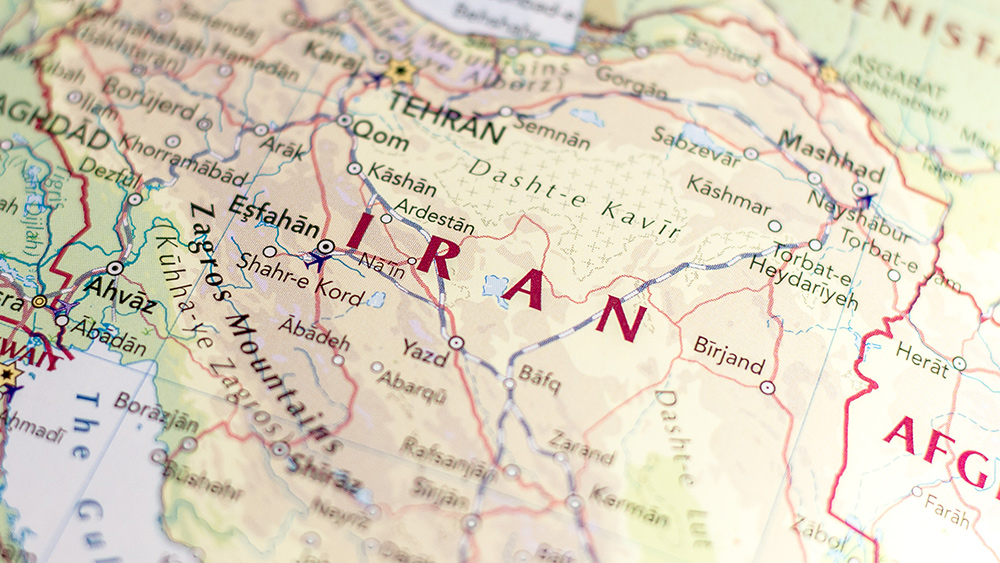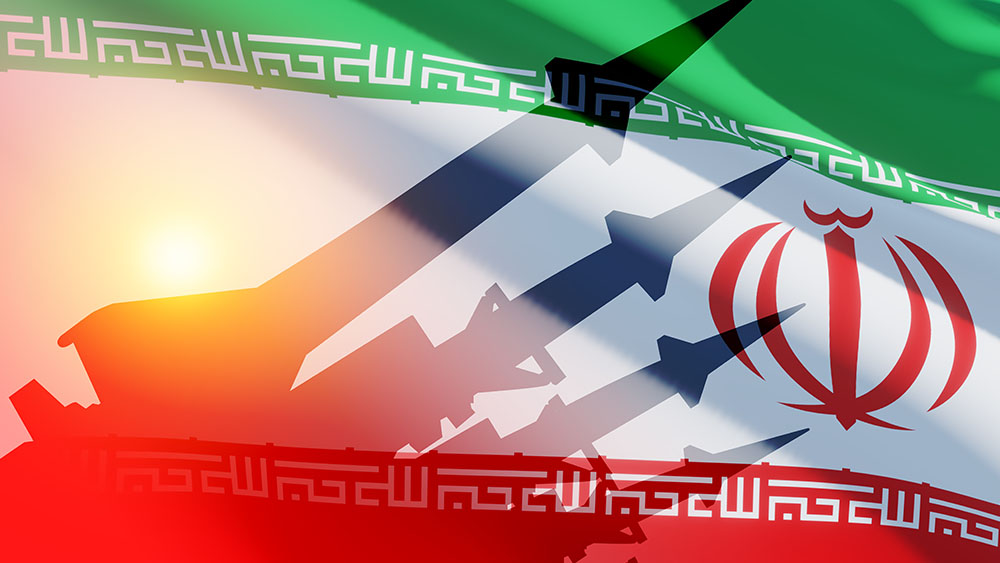 Parler
Parler Gab
Gab
- Iran, through Major General Kowsari of the National Security Commission, has threatened to close the Strait of Hormuz following U.S. strikes on its nuclear sites. The final decision, however, lies with the Supreme National Security Council and Ayatollah Ali Khamenei.
- The Strait of Hormuz, a critical maritime chokepoint between Oman and Iran, is vital for global oil and LNG shipments. It has been a focal point of conflict, notably during the Iran-Iraq War's Tanker War and in 2011 when Iran threatened closure due to sanctions.
- The U.S. and its allies have historically responded to threats in the Strait of Hormuz with a show of force. During past tensions, the U.S. has deployed naval assets and initiated operations like Operation Sentinel to ensure the safety of maritime traffic.
- Closure of the strait could lead to a sharp increase in oil prices, potentially reaching 120−120−130 per barrel, according to JPMorgan's Natasha Kaneva. This would disrupt global oil markets, antagonize major buyers like China and force vessel rerouting around Africa, increasing costs and travel time.
- Iran lacks the legal authority to close the strait, necessitating force or threats. The U.S. Fifth Fleet and other Western navies would likely respond forcefully to any blockage. Iran could use unconventional tactics, such as small boats, drones and missiles, to disrupt shipping without direct confrontation.
Potential consequences and legal and military considerations
The potential closure of the Strait of Hormuz would have immediate and severe consequences. According to JPMorgan's chief commodity strategist, Natasha Kaneva, such an action could send oil prices into the 120−120−130 per barrel range. This would not only impact global oil markets but also antagonize China, the largest buyer of Iranian oil, which has used its veto power at the UN Security Council to shield Iran from Western-led sanctions. Iran has no legal authority to halt traffic through the strait, so any closure would require the use of force or the threat of force. The U.S. Fifth Fleet and other Western navies patrol the area and would likely respond strongly to any attempt to block the strait. However, Iran could cause severe disruption without deploying warships, using small, fast patrol boats, drones and missiles to harass shipping. The disruption of the strait would not only affect oil and LNG shipments but also force vessel operators to reroute traffic around the southern tip of Africa, a longer and more expensive journey. This was evident in June 2024, when the number of ships sailing through the Red Sea and Gulf of Aden was down about 70 percent compared to the average level of 2022 and 2023, according to Clarkson Research Services Ltd. The crypto-based prediction market Polymarket has seen a sharp increase in the odds of a "Strait of Hormuz closure by July," rising from roughly 15 percent before the U.S. strikes to as high as 60 percent earlier on Sunday, June 22. This reflects a significant repricing of geopolitical risk. In the words of U.S. Secretary of State Marco Rubio, "If Iran closes the Strait of Hormuz, it will be another terrible mistake. It's economic suicide for them if they do it and we retain options to deal with that." The world waits to see if Iran will follow through on its threat or if cooler heads will prevail. Watch the video below that talks about Iran's previous announcement of planning to attack U.S. bases and block the Strait of Hormuz. This video is from Oldyoti's Home Page on Brighteon.com.More related stories:
Former Iranian minister warns of 100-day oil blockade in critical Strait of Hormuz. Israel-Iran war threatens oil prices, with $10 per gallon gas possible if war escalates in the Persian Gulf. Nuclear disaster looms as IAEA chief warns against strike on Iran's Bushehr plant amid regional crisis.Sources include:
ZeroHedge.com X.com Brighteon.comIran bans IAEA inspectors, shuts down surveillance in nuclear standoff with West
By Cassie B. // Share
China develops a machine learning technology to detect equatorial plasma bubbles
By Willow Tohi // Share
U.S. considers unprecedented nuclear deal with Iran amid ongoing tensions
By Belle Carter // Share
Governments continue to obscure COVID-19 vaccine data amid rising concerns over excess deaths
By patricklewis // Share
Tech giant Microsoft backs EXTINCTION with its support of carbon capture programs
By ramontomeydw // Share
Germany to resume arms exports to Israel despite repeated ceasefire violations
By isabelle // Share










